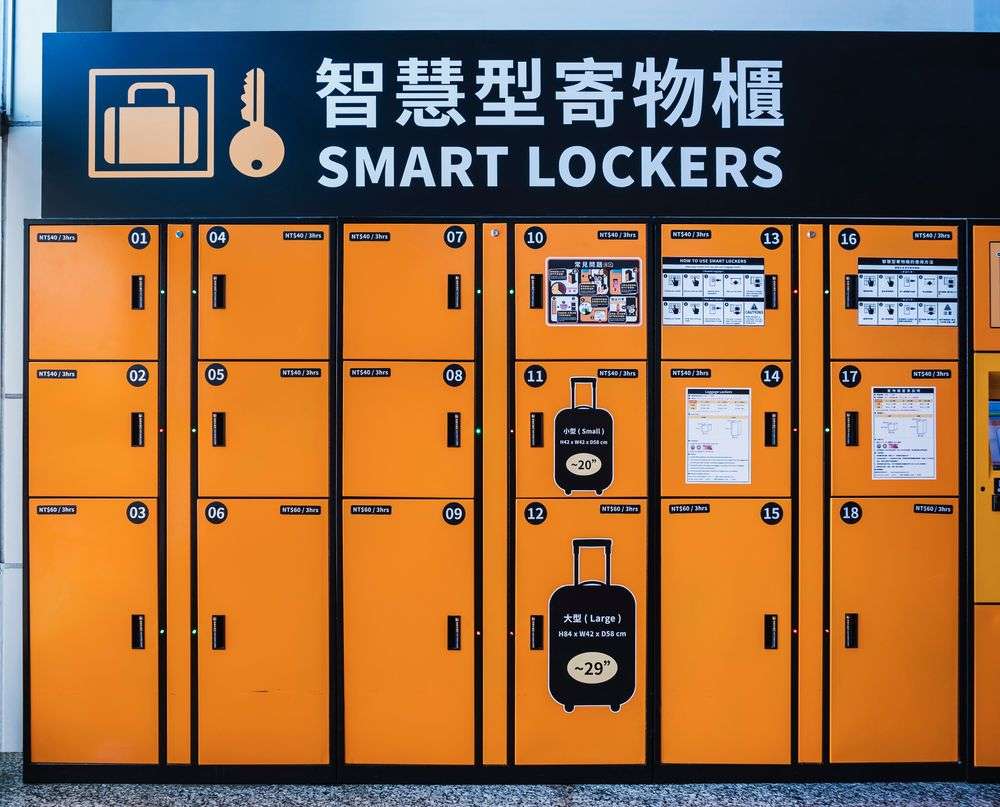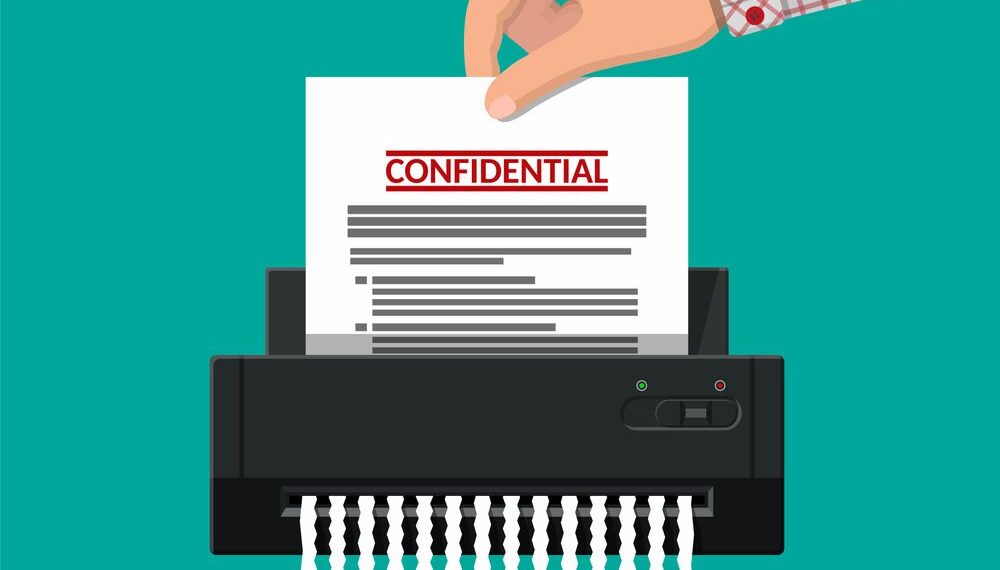Has your workplace recently suffered a security breach, and you’re still trying to recover? Are you a manager looking to revamp the security of your business data? The first step you need to take is to secure your sensitive documents. Are you wondering how you’ll achieve this? This article will share some tips you can incorporate in your organization to ensure the security of your sensitive data.
Practice the following:

Table of Contents
1. Adopt Smart Lock Systems
In a business, you might not have the finances to acquire a system to store your documents in the cloud. Alternatively, there might be sensitive documents that you need to be in hard copies rather than soft copies. If this describes your business, or you utilize a physical storage unit for a different reason, you need to invest in smart lockers.
Smart lockers have digital features that allow you to secure your sensitive documents. They have features such as a barcode scanner, tamper-resistant locks, and touch screen display, all of which enhance safety. These lockers are connected to software that your top management can use to monitor the activity on the lockers. Should anyone open a door, the software will notify the management.
With smart lock systems, you’re assured your sensitive data is safe, unlike a normal office storage area, where a break-in is possible.
2. Practice Proper Document Disposal
When you utilize the physical storage of your documents, there’s a need to regularly get rid of the documents you aren’t using to create more space.
How you dispose of these documents is essential. Refrain from throwing your documents in the garbage bin as a whole, sensitive or not. You have no clue where the trash might end up, increasing the likelihood of the data on the documents getting into the wrong hands. Always consider shredding your documents before disposal and make this a practice and inform your team that they shouldn’t throw away any document before shredding.
3. Limit Access
Limiting access is one of the effective ways of safeguarding sensitive documents. With this, only those who need information from the documents have access.
However, restricting access should only extend to what they can access and how long they have access to the data. It’s not reasonable for a staff member to continuously use one document for eight hours. Well, there might be a chance but consider limiting access time to maybe an hour or two.
For extra security, ask for a report on the data gotten from the sensitive documents, including how the member used it in fulfilling their responsibilities.
The fewer people with access, the more secure your sensitive document is. Also, should there be a breach, you’ll know exactly who to ask and investigate, instead of interrogating a whole office of 200 workers.
4. Adopt Authentication Systems
Often, you run your operations through equipment and systems, such as computers. This means that you have data stored on these technologies, as folders, or in whichever format.
Therefore, you need to set up logins and passwords to access the equipment or systems. Besides, you need to incorporate extra features for sensitive data. Consider adopting multi-authentication systems. With this, once you enter login details, a code will be sent to your mobile phone or email and confirm that you’re the user. The system will only send the code to the number or email registered in the locked computer.
If you have a data center that contains sensitive equipment or documents, adopt a biometric system. The system could require face recognition or fingerprint scanning.
Invest in a password management system once you’ve set up passwords for your data. A password management system will ensure your team utilizes strong passwords and will regularly update them. Through regular updating, a password won’t stay in place for too long, increasing safety measures.
5. Develop Security Protocols
Most security breaches in workplaces occur due to the lack of know-how, including ignorance. This is why you need to formulate security protocols.
Security protocols in your business will guide your team on how to handle sensitive documents. For instance, if they’re handling sensitive data on a given floor, a protocol could dictate that the said data shouldn’t leave that floor no matter the circumstance. If the documents need scanning, they should be done on the given floor; no paper should be left on the printer, including the independent printing of documents.
Independent printing means that only one worker should print at a time, no crowding or waiting in line. A worker with unauthorized access might see data on a document being printed that they shouldn’t see, compromising the integrity of the information.
As you lay out the protocols, ensure that all staff members are aware of it and they’re easy to understand, preferably in bullet form rather than paragraphs. You should provide access to this information by posting it on walls or through soft copies.
Conclusion
Sensitive data could make or break any company, depending on who gets hold of the documents. Therefore, it’s critical to put measures in place to ensure the security of sensitive data from unauthorized access. Consider implementing the tactics shared by this article in your organization, and you’ll thank yourself a few years down the line.

